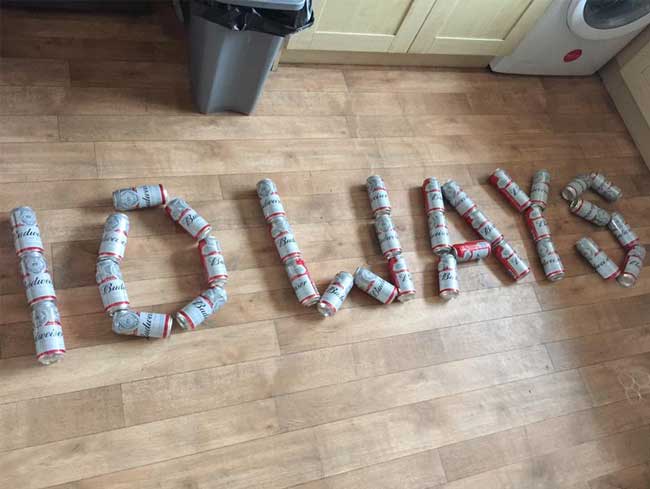NASA predicts that between 160 and 200 meteors will roar through the Earth’s atmosphere every hour during the display’s peak on Thursday night and Friday morning. A normal day within the shower period would see 80-100 pieces of space debris, if numbers are to be believed this is around 50x what you would expect to see on a normal night.
The key facts:
Best time: Between 1am and before the onset of dawn twilight.
Where do I look? From the Perseus constellation in the north-eastern part of the sky, although they should be visible from any point.
Where is the best place to stand/go: Outside in the dark countryside away from light pollution, although you should still be able to see some from within your town/city.
What am I actually looking for? They appear as bright streaks of light zipping across the sky, similar to ‘shooting stars’
What else do I need to know? Stargazers should allow around 20 minutes before viewing anything for their eyes to become accustomed to the dark.
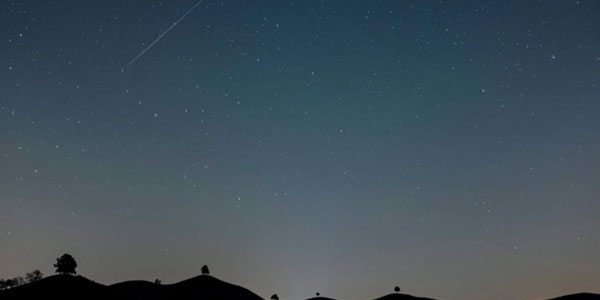
The Perseids in 2015, seen from Switzerland. They zoom through the atmosphere at around 133,000 miles per hour and burst about 60 miles overhead. Alexandra Wey/European Pressphoto Agency
What is the Perseid meteor shower?
Debris from the tail of Comet Swift-Tuttle, that appears to come from the Perseus constellation of stars.
Every 133 years, comet Swift-Tuttle swings through the inner Solar System leaving behind a trail of dust.
When the Earth passes through, the dust cloud particles hit the atmosphere at 140,000mph and burn up in streaking flashes of light, creating the spectacle known as the Perseids.
As these chunks of celestial rock fall from space through the Earth’s atmosphere, they appear as bright streaks of light zipping across the sky.
“You’re seeing pieces of ice that have been orbiting for that long kamikaze-ing themselves into the Earth’s atmosphere,”
said Bill Cooke, an astronomer with NASA’s Meteoroid Environment Office.
David Moore of Astronomy Ireland said:
“This year it is predicted it will be two or three times better than a normal year, so we are hoping for a celestial fireworks display with perhaps 50 times more shooting stars than you get on a normal night,”
Image Credit: Daniel Karmann/DPA, via Agence France-Presse — Getty Images & SurfnSnowboard on Instagram




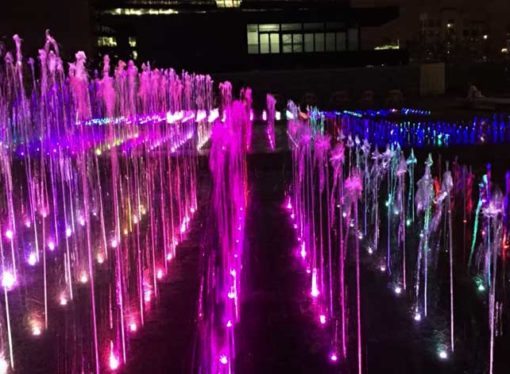
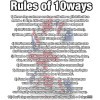





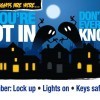











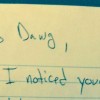
![Learn the rules of glitch hunting [in store]](https://10ways.com/wp-content/uploads/2015/04/22710_445374012166829_825187502_n-100x100.jpg)

